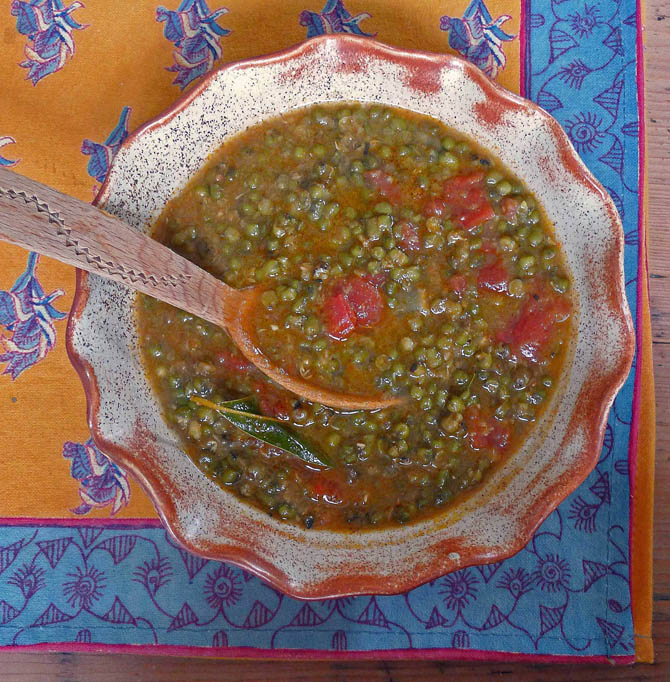By February gardeners on the island pick the remaining cabbages from the garden, as they start to prepare the soil for the spring and summer vegetables.

Local cabbages are huge this time of the year but not particularly heavy; the heads are no longer tight and compact because the cabbage leaves start to loosen as the central stem grows. For us now is the ideal time to make lahano-dolmades, or yaprakia (stuffed cabbage leaves). It is much easier to separate the outer leaves of these late-season cabbages to blanch and stuff them. Our neighbor Stathis gave me two large cabbages the other day, as he was digging out his winter garden. He got six cabbages, more than Ela could use. (more…)





